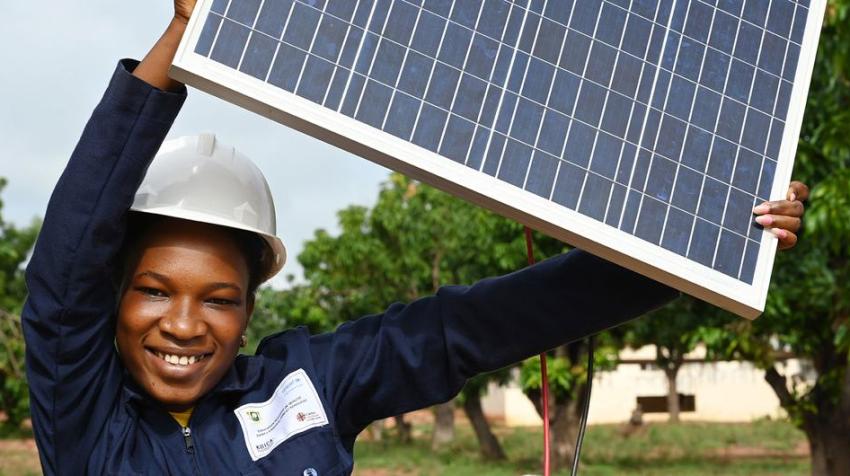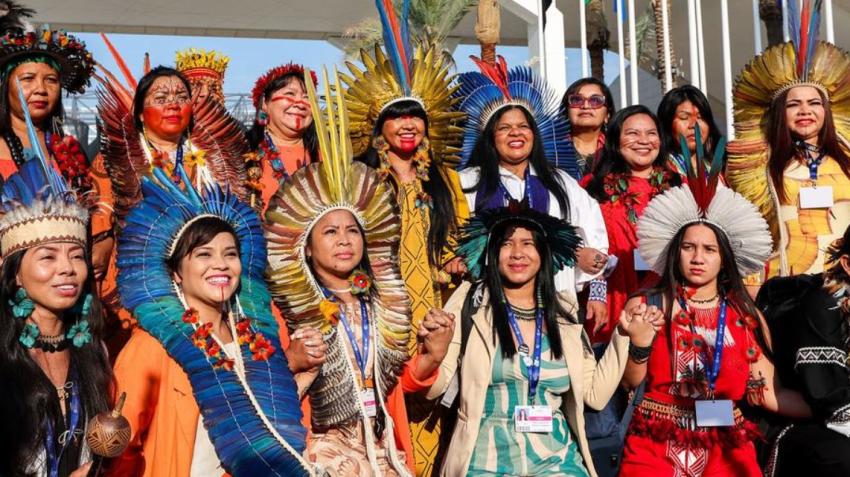The COVID-19 pandemic has been particularly devastating for indigenous communities around the world. Dr. James Makokis, a Saddle Lake Cree Nation medical doctor explains how inequalities and colonialism have both played a nefarious role and how indigenous peoples’ traditional knowledge and practices helps them protect the health of their communities.
Infectious diseases have killed more indigenous people than any weapon in the colonial era. How has this impacted their approach to health?
“This is a tricky question and depends which Nation, community, or group of people we are talking about as it varies based on how colonialism has affected traditional Indigenous values. These values will always preserve the integrity of the group and ensure a future for the next generations yet to be born. Some communities are acutely aware of this and have incorporated harm-reduction programs to decrease Hepatitis C and HIV transmission for example. Others struggle with accepting whether a harm‑reduction approach align with their current values.”
Why are COVID-19 and other pandemics so dangerous to indigenous people in particular?
“COVID-19 has exposed the inequities that have existed in Indigenous Nations and Peoples affected by Colonization since the time of European Contact, notably poverty, the development of chronic diseases, and the dismantling of traditional Indigenous health systems. COVID-19 thrives in inequity and areas where there are decreased sanitation or overcrowding, and this has made Indigenous Peoples particularly vulnerable to this pandemic.”
What are some of the unique solutions that indigenous peoples have developed to fight pandemics? Could any of them be scaled up to the wider population?
“Indigenous Peoples have had to assert their sovereignty to their Lands now more so than ever, in order to protect their populations from COVID-19. Many Indigenous leaders were proactive early in the COVID-19 pandemic and assembled security patrols to limit traffic into their communities. This is one strategy that was likely used globally as an important measure to slow the virus early on in the pandemic.
For many Indigenous people, oral history was sufficiently intact to recount the devastation of historic pandemics and more importantly how to ensure their survival. We saw a renewed interest in the use of traditional Indigenous medicines and it was an encouraging sign to see people of all ages start using the medicines we have been gifted in the various territories we live in.
This brings up the important issue of Indigenous Peoples having the right to access medicines freely and without limitations. In Turtle Island, before the existence of the Canada-United States border, Indigenous Peoples were free to trade without the restrictions of Colonial laws that make it illegal to transport biological matter including medicinal plants. Since some of the medicinal plants utilized during previous historic pandemics grow in southern climates, we have had restricted access to using these during the COVID-19 pandemic. This underscores the importance for Indigenous Peoples being able to cross imposed international borders without limiting the health systems we continue to use for survival, including Indigenous medicines.”
For more information: http://bit.ly/2020EGM




